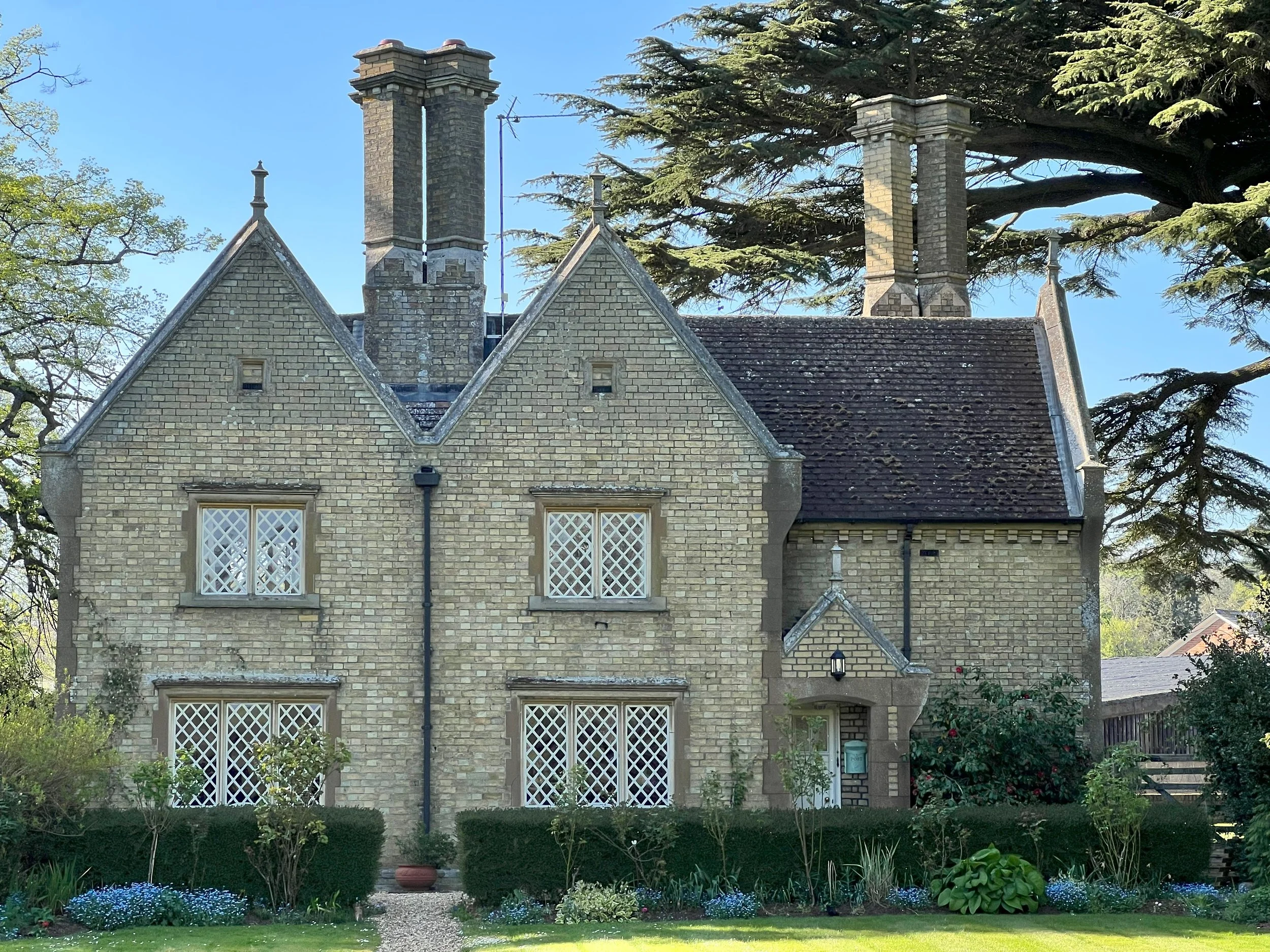Charm Can Be Ruined Faster Than It Can Be Built
Every week, I hear the same story:
“We updated the siding…
We got new windows…
But somehow the house looks worse.”
And homeowners blame the contractor or the materials — when the real culprit is simpler:
the updates weren’t charm-safe.
Not every improvement is an upgrade.
Not every change preserves proportion.
Not every modern material belongs on your house.
Charm isn’t an accident.
It’s a discipline.
And when ignored — even once — a home can lose its soul.
What Is “Charm-Safe Renovation™”?
It’s a renovation philosophy built around respecting the architectural DNA of 1930–1970 homes.
Charm-safe updates:
Honor original proportions
Preserve façade rhythm
Maintain historical rooflines
Use materials that belong to the era
Improve livability without erasing identity
The opposite — charm-killing updates — are what you see on millions of homes across America:
Oversized windows
Fake stone veneer
Trendy blacked-out exteriors
Vinyl siding that flattens shadow lines
Additions that overpower the main mass
Charm-safe design avoids these traps completely.
The #1 Reason Homeowners Accidentally Destroy Charm
Most people start with surfaces instead of structure.
They pick:
siding color
door style
shutters
windows
trim kits
light fixtures
But charm lives in relationships — not products.
It lives in proportion, rhythm, and hierarchy.
So the smartest homeowners (the ones who preserve value) start with the architecture, not the catalog.
That’s the heart of the Charm-Safe Renovation Strategy Session™.
Let’s Break It Down:
✔️ Updates That BUILD Charm
—and—
✖️ Updates That DESTROY It
CHARM-BUILDING UPDATE #1
Restoring Correct Trim Proportions
Charm-Safe:
5/4" thick trim
Historically correct casing profiles
Proper header height alignment
Consistent trim thickness around all windows
Charm-Destroying:
Thin vinyl or aluminum trim
Mix-and-match trim sizes
Windows installed with no casing (“picture frame vinyl look”)
Trims control shadow, depth, and rhythm.
Flimsy trim = flimsy architecture.
✔️ CHARM-BUILDING UPDATE #2
Narrow Siding That Matches the Era
Charm-Safe:
4"–5" exposure clapboard (Colonial, Cape, Minimal Traditional)
Smooth texture on classical homes
Cedar shingles on cottages and capes
Charm-Destroying:
6"–7" vinyl planks
Faux wood grain
Vertical panels where they don’t belong
The siding exposure is one of the biggest charm killers in America — and almost no homeowner realizes it.
✔️ CHARM-BUILDING UPDATE #3
Balanced Window Sizes & True-Lite Patterns
Charm-Safe:
Correct muntin grids
Windows aligned by header height, not “what fits”
Matching proportions between floors
Charm-Destroying:
Black windows on homes with no historical precedent
Oversized picture windows
Mismatched grille patterns
Sliders replacing double-hungs
Your windows are the “eyes” of the house.
Get them wrong, and everything looks blind.
✔️ CHARM-BUILDING UPDATE #4
Rooflines That Respect Original Massing
Charm-Safe:
Porches added below main eave line
Dormers sized to original roof pitch
Additions that step back visually
Charm-Destroying:
Raised rooflines
Porch roofs that cut across windows
Additions flush with the main façade
Strange, flattened pitches to “modernize”
The roofline is the architectural backbone — violate it, and the house loses dignity.
✔️ CHARM-BUILDING UPDATE #5
Entrances With Hierarchy (Not Drama)
Charm-Safe:
Classical door surrounds
Modest porticos
Correctly scaled columns
Centered lighting and balanced steps
Charm-Destroying:
Giant, modern “statement doors”
Overly wide porches
Columns that are too skinny (contractor default)
Floating stairs or oversized landings
The entry is the handshake of the house.
Make it welcoming — not confusing.
Real Example: The “Over-Updated Ranch”
A homeowner in Colorado replaced windows, siding, and the front porch…
…but none of it was charm-safe.
What went wrong:
Huge black windows
8" siding exposure
Faux-stone skirt
Porch with wrong pitch
Skinny “stick” columns
After an in-depth Charm-Safe Strategy Session, we redesigned using classical logic:
Correct siding exposure
Trim sized to proportion
Porch roof lowered to fit the façade
Columns in the correct diameter
Windows realigned for rhythm
The house suddenly felt 20 years older in the best way — and 10× more valuable.
Why Contractors Aren’t Qualified to Judge Charm
Contractors are builders.
They are not classical designers.
They look at cost.
You need someone who looks at proportion.
Most charm-killing decisions happen because contractors install “whatever is easiest” or “whatever’s in stock.”
That’s why a Charm-Safe Renovation Strategy Session™ exists:
to protect you from accidents made by people who aren’t trained in classical proportion.
When You Get This Right, Your Home Transforms
When you renovate charm-safe, you get:
Better resale value
Better neighborhood respect
Better architectural integrity
Better curb appeal
Better proportion (the real goal)
But most of all, you get harmony.
A home that feels right.
A home where every update belongs.
How the Home Revival Masterplan™ Supports Charm-Safe Design
The Charm-Safe Renovation Strategy Session™ focuses on what to change and what not to change.
The Home Revival Masterplan™ turns that into a full architectural roadmap.
Together, they:
Diagnose proportion errors
Identify which updates add vs. subtract from charm
Provide visual strategies rooted in classical design
Prioritize corrections by ROI, impact, and sequencing
Prevent irreversible mistakes before they happen
Charm-safe isn’t guesswork — it’s methodology.
➡️ Renovate Without Regret. Preserve Charm Intelligently.
If you’re planning updates to your 1930–1970 home — siding, windows, additions, porches — make sure they’re charm-safe before you lift a hammer.
A Charm-Safe Renovation Strategy Session™ shows you:
Which updates build lasting beauty
Which updates destroy architectural identity
Which materials and proportions your home actually needs
Protect your home’s character before you change it.

